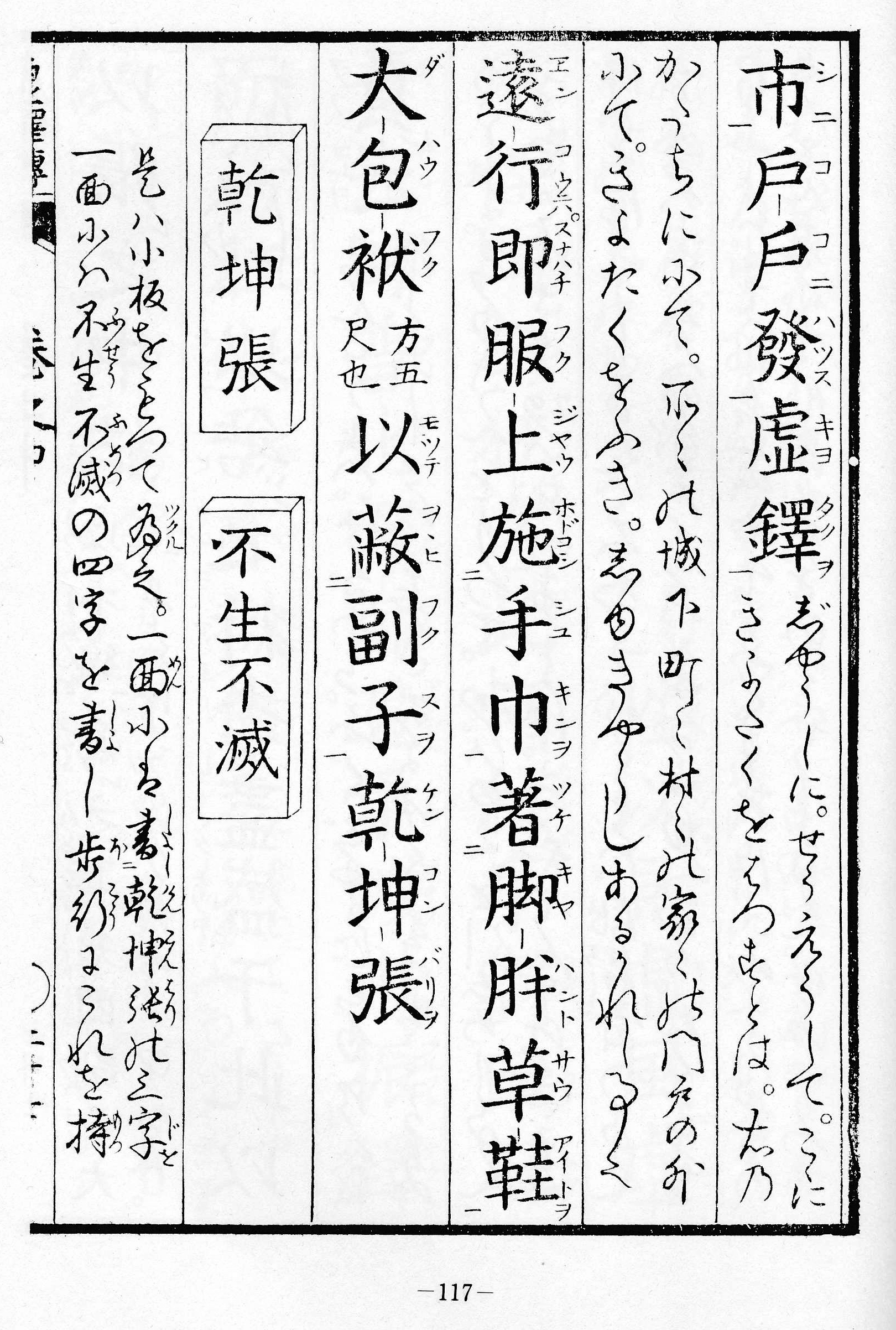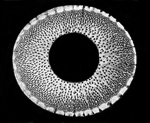|
1795: 'Fu-shō fu-metsu' in Kyotaku denki kokuji-kai:
- An Alleged Memorial Text on Late 18th Century 'Komusō' Grave Tablets?
不生不滅 - 乾坤張
FU-SHŌ FU-METSU - KENKON-BARI / KENKON-CHŌ
NON-BORN, NON-PERISHED - NOT BORN, NOT DYING - NO BIRTH, NO DEATH


The four characters 'Fu-shō fu-metsu' presented in Yamamoto Morihide's 1795 introduction
to 'Kyotaku denki', presented in the Japanese 1981 edition p. 117,
of that remarkable historic document.
As it is shown, 'Fu-shō fu-metsu' would have been written on so-called 'kenkon-bari',
"Heaven-Earth Display".
'Fushō fumetsu' is an absolutely fundamental concept and philosophical "idea"
in Mahayana Buddhism, including Japanese "Zen", of course.
The 'Fushō fumetsu' concept has a prominent place in the "Heart Sutra", the Maka Hannya Haramita Shingyō,
a very central text in Zen Buddhist practice.
The SAT Daizōkyō Database: 'Fu-shō fu-metsu'
- copy-and-paste: search with the 'kanji'
不生不滅
Every 'Shakuhachi' player, West as in East, who claims to be practicing "Buddhist Shakuhachi"? -
have you ever understood, realized, internalized, the implications, the consequences?
Quite likely: Not likely, it appears ...
|
|


